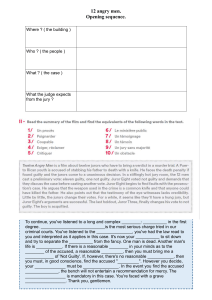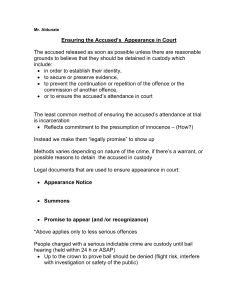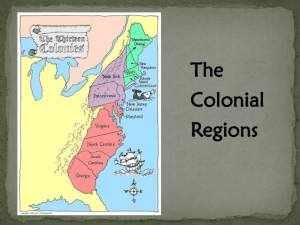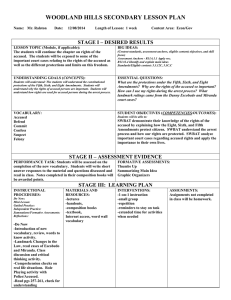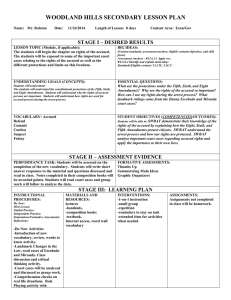Chapter 3 The Commercial North
advertisement
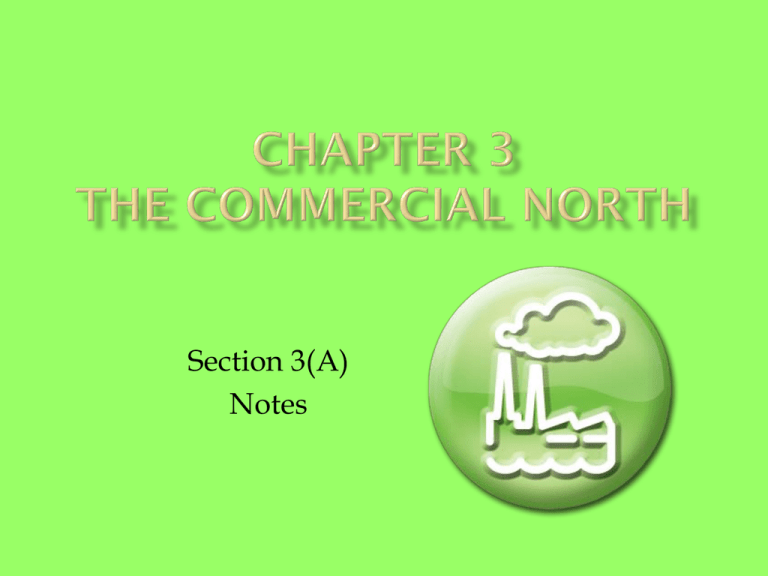
Section 3(A) Notes Under mercantilism, the colonies existed to help the home country But, from 1650 to 1750, the colonies economy grew twice as fast as England’s did. Northern farms grew several crops and raised livestock. The Southern farms usually relied on one cash crop. The North also developed industry including lumber, iron and ship building. Trade caused port cities to grow, especially in the north. Philadelphia became the second largest city in the British Empire. Its street plan, including parks, police patrols, sidewalks and street lights, made it a very sophisticated city. The north was composed of many immigrant groups including German, Scots-Irish, Dutch, Scandinavian, Mennonites and Jewish people. Despite their sometimes conflicting interests, the colonists got along with their new neighbors to create a truly diverse American society. Because raising wheat and corn didn’t require as many workers as raising tobacco and cotton, the north did not rely on slavery. But, enslaved persons were considered property and were harshly treated in both regions As in the south, women had extensive work responsibilities but few legal rights. They could not vote, buy or sell property or keep their own wages. In New England, the law said that women must be kept under their husbands’ control. Limitations on the roles of women, social tension, relations with the Native Americans and religious fanatics led to women being accused of witchcraft. Hysteria gripped New England as more and more women were falsely accused. The trials ended when the governor’s wife was accused, but not before 19 were hanged and many others died in prison.
